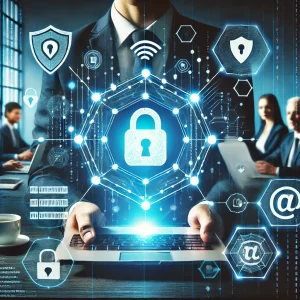Your business hardware – your computers, printers, and other tech that keeps your day running smoothly – is easy to take for granted.
When they’re working fine, you don’t give them much thought. But how often should you stop to think about whether they’re performing at their best?
The truth is, properly maintaining your hardware is crucial for your business’s success.
Just like a car needs regular servicing to keep running smoothly, your tech requires attention too. Dust can build up inside computers, slowing them down or even causing overheating.
 And those software updates that seem like a hassle are often designed to keep your devices working efficiently and securely. If your hardware isn’t looked after, its performance will suffer, costing you time and money.
And those software updates that seem like a hassle are often designed to keep your devices working efficiently and securely. If your hardware isn’t looked after, its performance will suffer, costing you time and money.
Sometimes, though, maintenance and repairs aren’t enough.
If your hardware is old or outdated, it could be holding your business back. For example, older computers often struggle to run modern software, leading to frustrating delays and crashes. Worse still, outdated hardware can be a security risk as it may not be compatible with the latest updates designed to protect you from cyber threats.
When you’re facing a decision between repairing or replacing hardware, consider the bigger picture. Repairs might seem cheaper upfront, but if your device is slowing down productivity or constantly breaking, it could end up costing more in the long term.
Investing in new equipment might feel like a big expense, but it can save you money and stress down the line – and give your business a competitive edge.
Outdated hardware doesn’t just affect performance; it can also impact your team’s morale and your customers’ experience. No one enjoys battling with slow computers or unreliable printers. Keeping your tech up to date makes sure everything runs smoothly, keeping your team happy and your business efficient. You’ll see gains in customer service, too.
So, take a moment to think about your hardware. Is it running smoothly, or is it time for an upgrade? The right investment now can save you headaches – and money.



 File storage and transferring hold a very dear place in most people’s lives.
File storage and transferring hold a very dear place in most people’s lives.